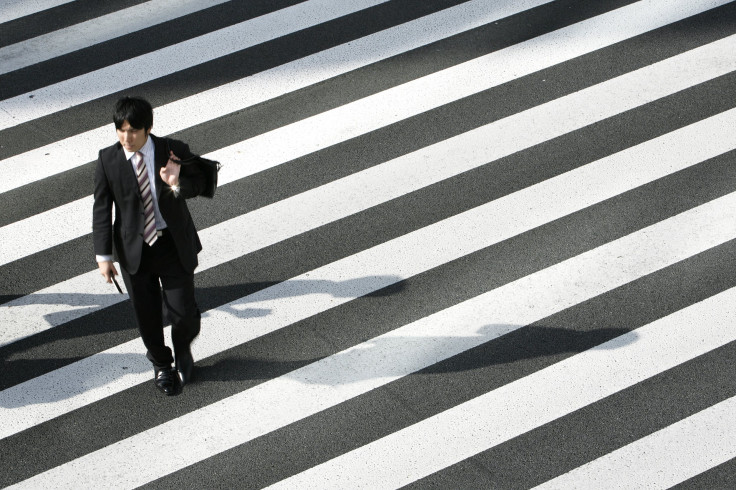Study: Men more likely to be perceived as creative thinkers

A new study reveals that people tend to relate the ability to think creatively with male stereotypes. According to the study’s authors from Fuqua School of Business at Duke University, their findings suggest that the work and achievements of men tend to be evaluated as more creative than women's, creating a systematic bias in the way men and women are evaluated in the corporate world and creative industries.
The study, published in the journal Psychological Science, says that creative thinking is associated with masculine characteristics and qualities such as risk-taking, adventurousness and self-reliance. Their findings were based on a series of investigations, including online experiments and an analysis of performance evaluations for senior-level executives.
Using an online study, the researchers randomly assigned 80 participants to read a passage describing a type of creativity. The passages included in the experiment were the ability to “think outside the box,” also known as divergent thinking, or the ability to “connect the dots,” referred to as convergent thinking.
After reading the passage, the participants rated how creativity is dominant in 16 different personality traits. It emerged that the participants associated creativity with stereotypically masculine traits, including decisiveness, competitiveness, risk-taking, ambition and beng daring, more than characteristics usually ascribed to females like cooperation, understanding and support to others. This tendency was particularly pronounced when participants considered creativity as “thinking outside the box.”
In another online study, 169 participants were randomly assigned to view three images of either an architect or a fashion designer and rate the work based on creativity, originality and outside-the-box thinking. Males fared higher in creativity ratings for the architects, even though both genders presented identical creations. Meanwhile, there was no evidence of a gender difference in creativity scores for the fashion designers.
To determine the link between gender and creativity in real-life situations, the researchers examined performance evaluations for senior-level executives enrolled in an MBA programme. In the investigation, 100 men and 34 women were evaluated by both their direct reports and supervisors.
After the evaluations, the researchers found that the supervisors judged male executives as more innovative than their female counterparts. When rated by their direct reports, however, these same male and female executives were rated as similarly innovative in their thinking.
According to lead researcher Devon Proudfoot and his colleagues, this pattern of ratings shows stereotyping on the part of the supervisors. Previous studies have indicated that those in relatively higher positions are more likely to rely on stereotypes when forming judgments about others.
“This result suggests that gender bias in creativity judgments may affect tangible economic outcomes for men and women in the workplace. In suggesting that women are less likely than men to have their creative thinking recognised, our research not only points to a unique reason why women may be passed over for corporate leadership positions, but also suggests why women remain largely absent from elite circles within creative industries,” says Proudfoot.
Contact the writer at feedback@ibtimes.com.au or tell us what you think below.






